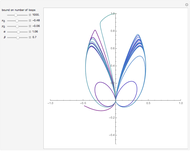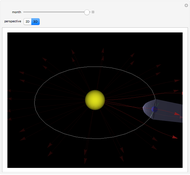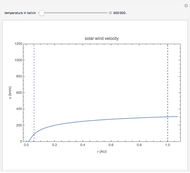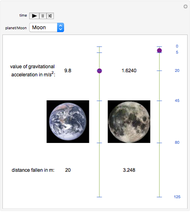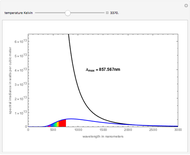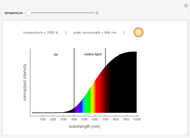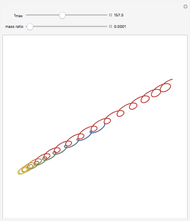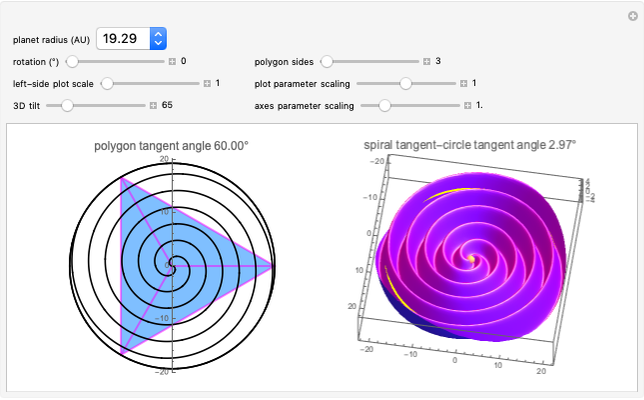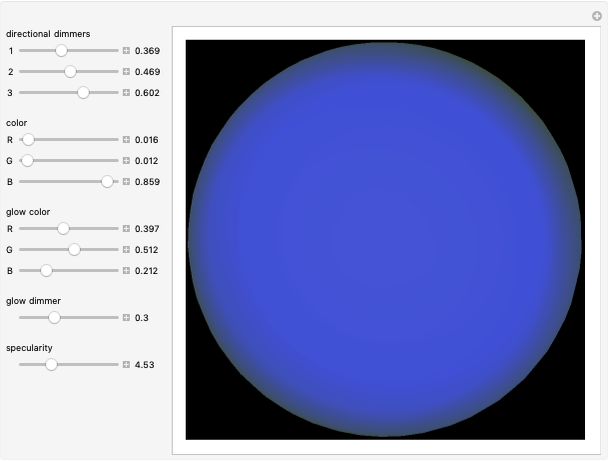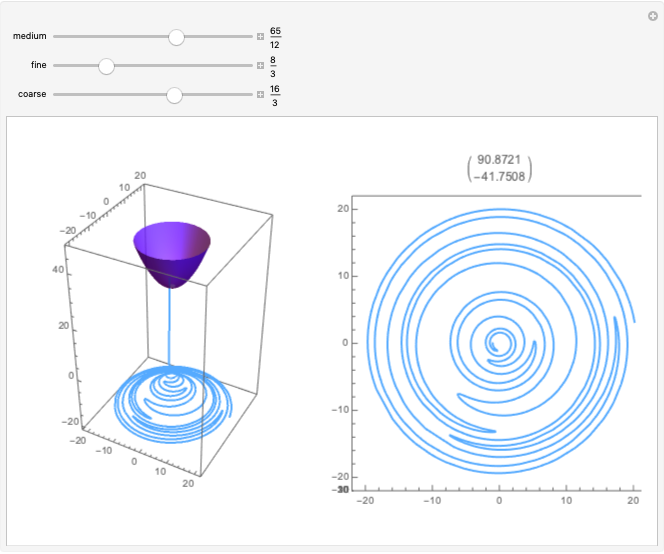Parker Spiral Polygons for Solar Magnetic Fields

Requires a Wolfram Notebook System
Interact on desktop, mobile and cloud with the free Wolfram Player or other Wolfram Language products.
The Parker spiral is an approximation to solar magnetic field geometry on a solar-system scale [1]. Magnetic field lines are imaginary visual aids akin to streamlines that help us understand magnetic field structure. The Sun's magnetic field, also called the interplanetary magnetic field, has characteristic angles with respect to the Sun-planet line [1].
[more]
Contributed by: Alexandra L. Brosius (February 2021)
Open content licensed under CC BY-NC-SA
Snapshots
Details
The connection between habitable climates [2] and the interplanetary magnetic field can be reformulated in terms of a collisionless magnetic bow shock. The angle between the bow shock surface normal vector and the local interplanetary magnetic field affects which plasma waves are generated by the bow shock [3]. References [3–5] discuss characterizations of waves near Earth's and Venus's bow shocks, respectively. Bow shock waves perturb the ionized layer of planetary atmospheres on short timescales [6] and are likely to alter the neutral layers on geologic timescales. Because all planets that possess a dynamo-driven or induced magnetic field also appear to possess bow shocks, their interactions with the interplanetary magnetic field are applicable to the study of extrasolar planets.
References
[1] G. D. Parker and J. R. Jokipii, "The Spiral Structure of the Interplanetary Magnetic Field," Geophysical Research Letters, 3(9), 1976 pp. 561–564. doi:10.1029/GL003i009p00561.
[2] D. C. Catling and J. F. Kasting, Atmospheric Evolution on Inhabited and Lifeless Worlds, Cambridge: Cambridge University Press, 2017 pp. I–Ii.
[3] L. B. Wilson III, "Low Frequency Waves at and Upstream of Collisionless Shocks," Low\[Hyphen]Frequency Waves in Space Plasmas (A. Keiling, D.\[Hyphen]H. Lee and V. Nakariakov, eds.), Washington, DC: American Geophysical Union, 2016 pp. 269–291. doi:10.1002/9781119055006.ch16.
[4] L. B. Wilson III et al., "Revisiting the Structure of Low\[Hyphen]Mach Number, Low\[Hyphen]beta, Quasi\[Hyphen]perpendicular Shocks," Journal of Geophysical Research: Space Physics, 122(9), 2017 pp. 9115–9133. doi:10.1002/2017JA024352.
[5] A. L. Brosius et al., "Minimum Variance Analysis of Planetary and Interplanetary Plasmas," American Geophysical Union 2020 Fall Meeting, 2020. agu.confex.com/agu/fm20/webprogram/Paper743885.html.
[6] B. Wang et al., "Dayside Magnetospheric and Ionospheric Responses to a Foreshock Transient on 25 June 2008: 2. 2-D Evolution Based on Dayside Auroral Imaging," Journal of Geophysical Research: Space Physics, 123(8), 2018 pp. 6347—6359. doi:10.1029/2017JA024846.
Permanent Citation






